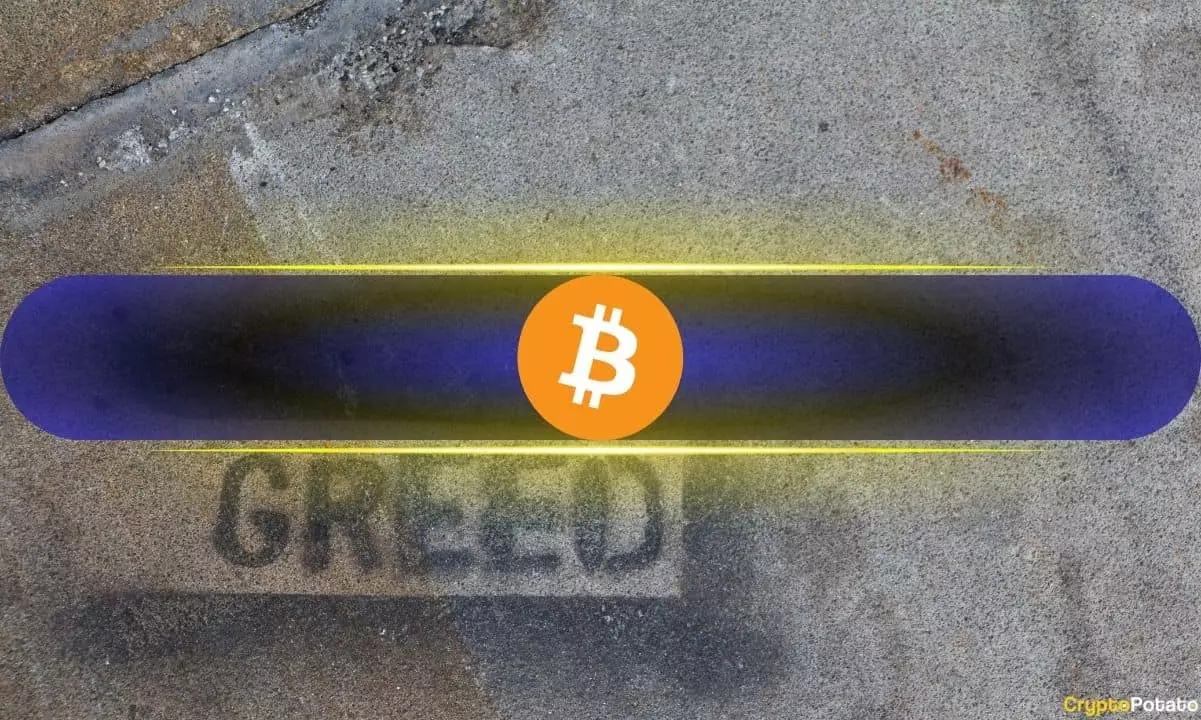The recent leap in Bitcoin’s (BTC) price, surging past the $60,000 mark, symbolically represents not just a financial milestone but also a pivotal moment in investor psychology. The Fear and Greed Index, an essential tool used by traders to gauge market sentiment, has painted a vivid picture of this shift as it transitions to the ‘greed’ zone with a reading of 71. Such spikes in market sentiment can often correlate with significant price movements, revealing that the emotional pulse of the market can shift rapidly based on price action.
Analyzing the Fear and Greed Index provides valuable insights into market behavior. This indicator is calculated using an extensive array of inputs including social media activity, market trends, volatility, and the dominance of Bitcoin in the cryptocurrency ecosystem. The movement of the index is worth noting; just a week earlier, sentiment was decidedly fearful, hovering around the lower values before shifting to neutrality and eventually into a state of greed. This volatility in sentiment underscores the inherent unpredictability of the crypto market, where emotions often dictate trading decisions more than fundamentals.
Traders often find themselves caught in a whirlwind of emotions, where fear of missing out (FOMO) can lead to ill-timed investments. This was seen recently as BTC prices rallied and investors rushed in, driven by the fear that they might miss out on potential profits. This phenomenon is crucial to understand, as it often precedes significant market corrections; when greed overtakes rational investment behavior, it frequently sets the stage for a rebound of fear once prices begin to decline.
The recent rise of Bitcoin from approximately $62,000 to a peak of $68,400, followed by a modest correction back to $67,000, illustrates the intense volatility that characterizes cryptocurrency trading. Following this surge, the Fear and Greed Index’s brief peak at 73 on October 16 exemplifies this rapid sentiment shift; however, such exuberance can be precarious. Market history shows that moments of extreme greed often precede corrections, as investors rush to capitalize on the upward momentum, only to be left vulnerable when the market reverses.
Yet, the resilience of BTC cannot be dismissed. The potential for further growth looms, sustained by rising demand and the broader market’s eagerness for another bull cycle. While past patterns indicate susceptibility to downturns, the current landscape, marked by increasing institutional interest and mainstream adoption, suggests a less likely plunge akin to previous dramatic drops like the one witnessed when the Japanese yen crisis unfolded.
Understanding the Fear and Greed Index offers a nuanced perspective for traders navigating the cryptocurrency landscape. This index serves as a cautionary tool, reminding investors of the pivotal role emotional responses play in trading behavior. Continuous monitoring of market sentiment alongside price changes is essential for making informed decisions. Balancing both fear and greed through strategic planning may pave the way for more resilient investment strategies, especially in a market as unpredictable as cryptocurrency. As Bitcoin’s price continues to oscillate, investors would do well to remain aware of these emotional currents, positioning themselves to capitalize on both the boons and pitfalls ahead.

